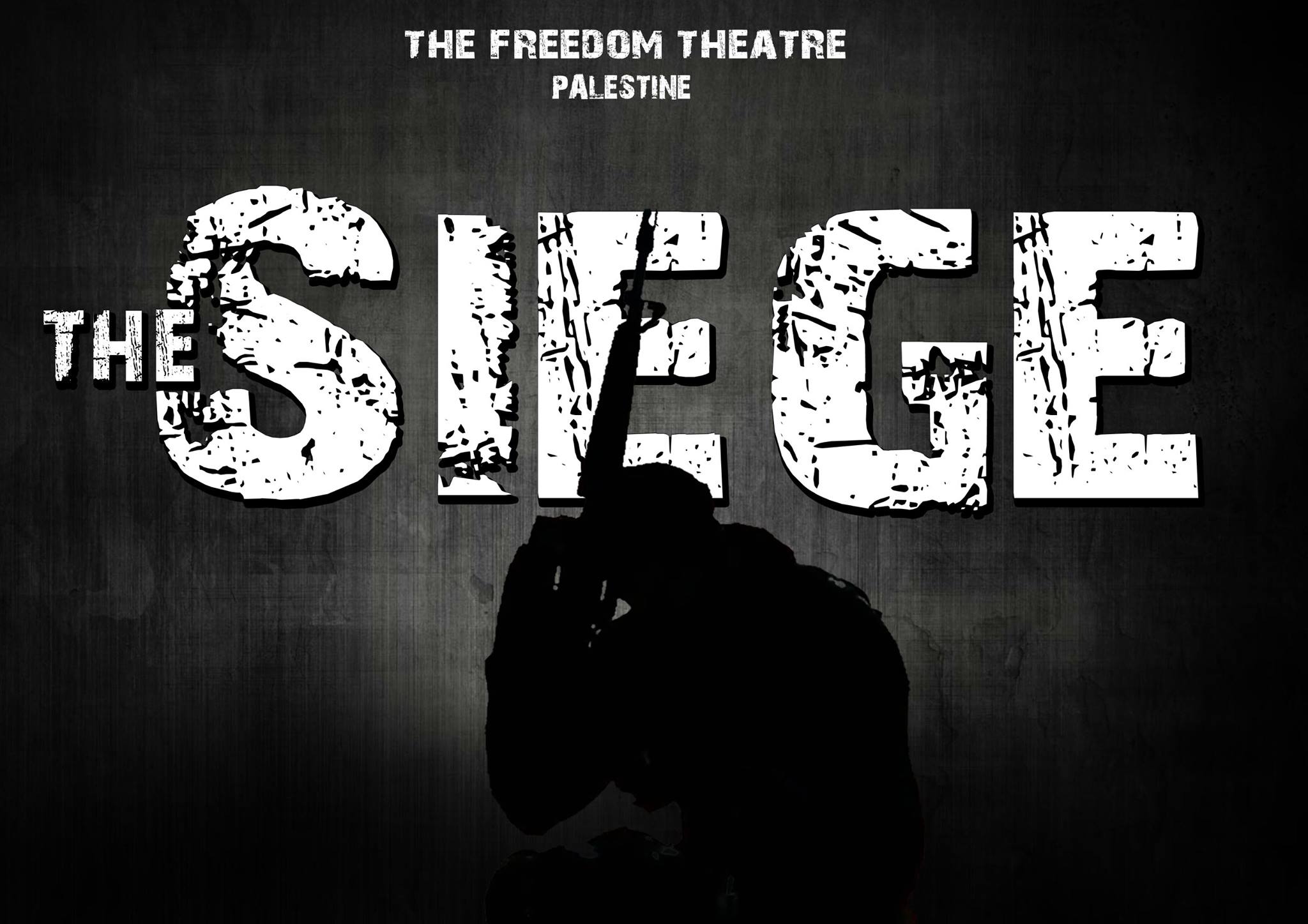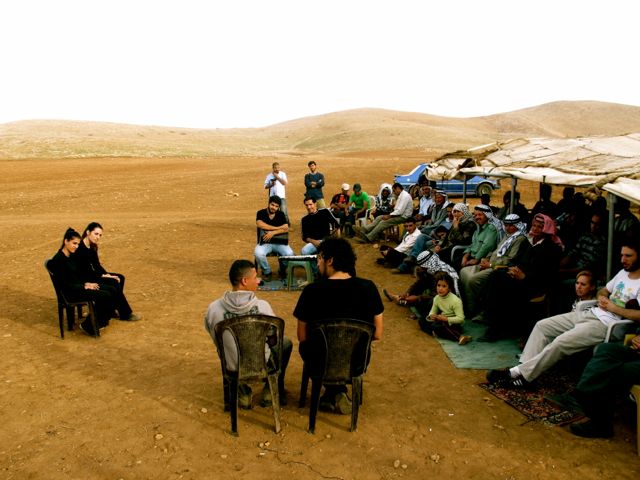Tag: Freedom Theatre
-
The Siege – cultural resistance in Palestine
20th April 2015 | Frida and Jenny | Jenin, Occupied Palestine The room was overflowing with people who had come to witness the opening of the play The Siege. Pushing our way through the throng we managed to find some seats, squashed in the middle of a diverse and lively audience. We were sitting in…
-
March for freedom ride, Palestine
28 November 2012 | Freedom Theatre, West Bank Dear Friends, Communities in the Jordan Valley and South Hebron Hills are in grave risk of being entirely expelled from their traditional homelands. They are therefore calling on people of conscience to join them in solidarity with their struggle to remain. The March Freedom Ride will provide…
-
Night of Israeli violence: Al Aqsa Mosque barricade, house demolition, gang beating, arrests
22 August 2011 | International Solidarity Movement, West Bank Just after midnight on Monday, August 22 the Israeli military took the opportunity to trap 1500 Palestinian youth inside al-Aqsa mosque in Jerusalem, blow up a house in Hebron (injuring 30 people in the ensuing riots), and arrested a member of the Freedom Theatre in Jenin.…


